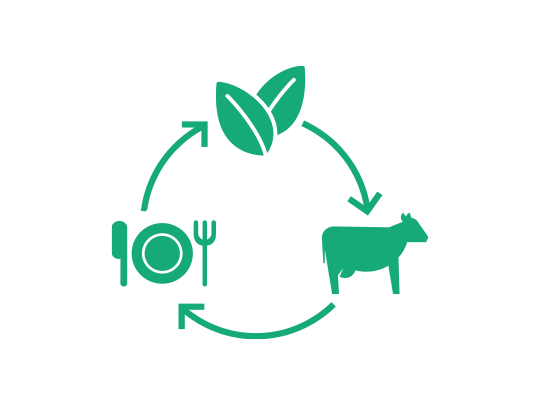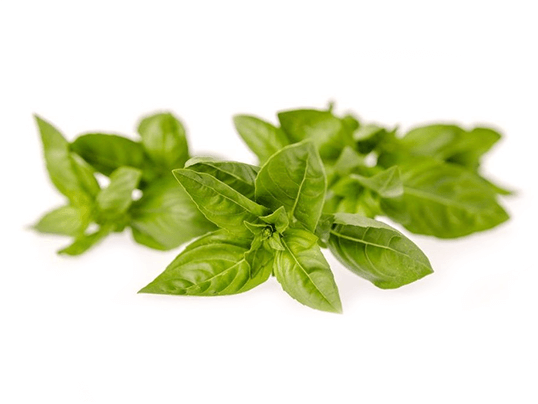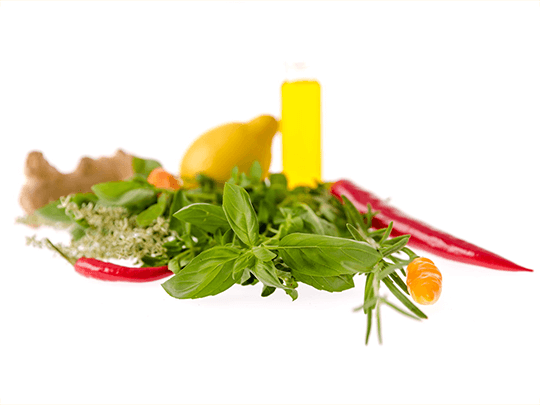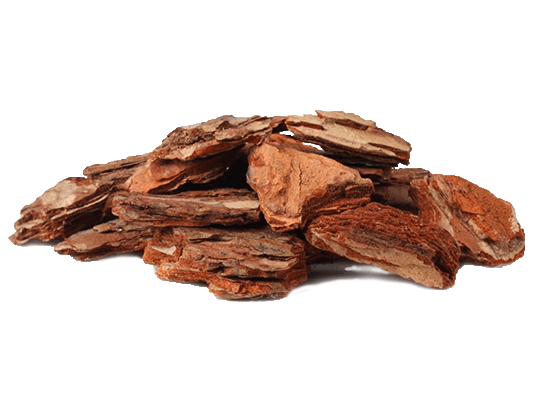4 reasons to grow with the benefits of phytogenics in animal nutrition
Many times, it needs give and take to create a win-win situation. However, when it comes to phytogenics, there’s a win-win-win situation for livestock producers, the environment and consumers with no party making any concessions. Convince yourself from the benefits of using phytogenics in livestock production.

From farm to fork,
four key benefits power the increasing adoption of phytogenics, aka phytogenic feed additives (PFAs):
- Support animal resilience and performance.
- Uses natural – not chemically created – ingredients.
- Supports judicious use of antibiotics.
- Protects the environment.
1. Support animal resilience and performance
“All disease begins in the gut” – a statement made by Hippocrates over two thousand years ago. Therefore, maintaining gut resilience in livestock fosters improved productivity. Just like an athlete or student, when animals feel better, they perform better.

Fact box
Selected phytogenics have shown to help maintain resilience in monogastrics in several ways:
- By reducing cell apoptosis and improving enterocyte maturation, selected phytogenic bioactives have shown to support intestinal barrier integrity.
- Quorum sensing inhibition reduces bacterial attachment to the intestinal wall and toxin production.
- Due to the aromatic properties of several phytogenics, appetite and feed intake are stimulated, thus strengthening the animal
With proper formulation, selected phytogenics in animal nutrition may support enzyme production and nutrient transport across the intestine as shown in several studies.
Phytogenics have also shown to increase amino acid and nutrient availability, yielding higher-performing animals via improved feed efficiency.
Supporting nutrient utilization and optimizing feed conversion is a powerful strategy to boost production and profitability.
Ultimately, selected phytogenics in animal nutrition can help lower production costs per produced egg or kilogram/pound of meat.
Moreover, phytogenic ingredients have shown to stimulate the appetite and feed intake, thereby strengthening the animal and supporting the body’s own defences.
With significant advances in understanding the modes of action of phytogenic compounds and how to formulate advanced phytogenic products, researchers can now measure the influence of these compounds on a cellular and genetic level.
PFA efficacy can be validated, verified and repeated. For example, scientists can determine effects on microbiota and gene expression in various tissues. Plus, PFA researchers know which specific phytogenic substances influence nutrient transport mechanisms in the intestinal mucosa.
2. Uses natural, not chemically created, ingredients

Admittedly, some food and feed marketers stretch the meaning of “natural,” defined as nothing artificial or synthetic has been added. With PFAs, the meaning of natural is not stretched at all. PFAs comprise a wide range of plants, like herbs and spices, and plant-derived products, including essential oils and oleoresins that come from 100-plus different plant oils, extracts and tinctures.
The power of Delacon’s PFAs stem from synergistic effects of all plant agents. It is often said that synergy is the creation of a whole that is greater than the sum of its parts. We can harness synergies that exist by using natural phytogenic compounds
3. Supports judicious use of antibiotics

For several years, livestock producers fed antibiotic growth promoters (AGP) to protect animal health and boost performance. With evidence of antimicrobial resistance rising, watchful eyes demanded “no antibiotics ever.” In response, several countries banned/restricted AGPs.
With a concern for animal health and welfare, productivity and profitability, livestock producers sought tools to replace AGPs. Many have considered and fed PFAs, which can offer a natural approach to antibiotic reduction.
PFAs, which are recognized as GRAS, can also support feed and food safety with no concern of antimicrobial resistance or drug residue.
4. Helps protecting the environment
In keeping with the theme of doing more with less, PFAs have also shown to reduce the poultry industry’s carbon footprint via reduced ammonia and greenhouse gas emissions.
On average, studies show feeding PFAs can yield up to 32 percent reduction in ammonia emissions in poultry. From raw materials to end products, research demonstrates a 5 percent carbon footprint reduction in egg production when feeding PFAs. That’s a significant impact for a feed additive.
Furthermore, PFAs may foster improved shelf life and therefore potentially reduce food waste. Dietary supplementation of oregano, rosemary and sage supported positive effects on poultry and pork meat, and egg shelf life.
So, whether it’s animal resilience and performance, natural ingredients, judicious drug use or environmental protection, PFAs can support it. These tenets embrace sustainability – a vital principle today and in the future – for livestock, producers and consumers.
What beneficial effects in animal nutrition have you experienced with phytogenics?

Anne Oberdorf
Anne has always been fascinated by the unknown, the diversity and beauty of nature. Her love for nature brought her to Delacon in 2018 after studying agricultural sciences, where she worked as Technical Communications Manager and later as Product Manager Aquaculture. Since February 2021, she has been taking a new, natural career path outside of Delacon.











Top article!